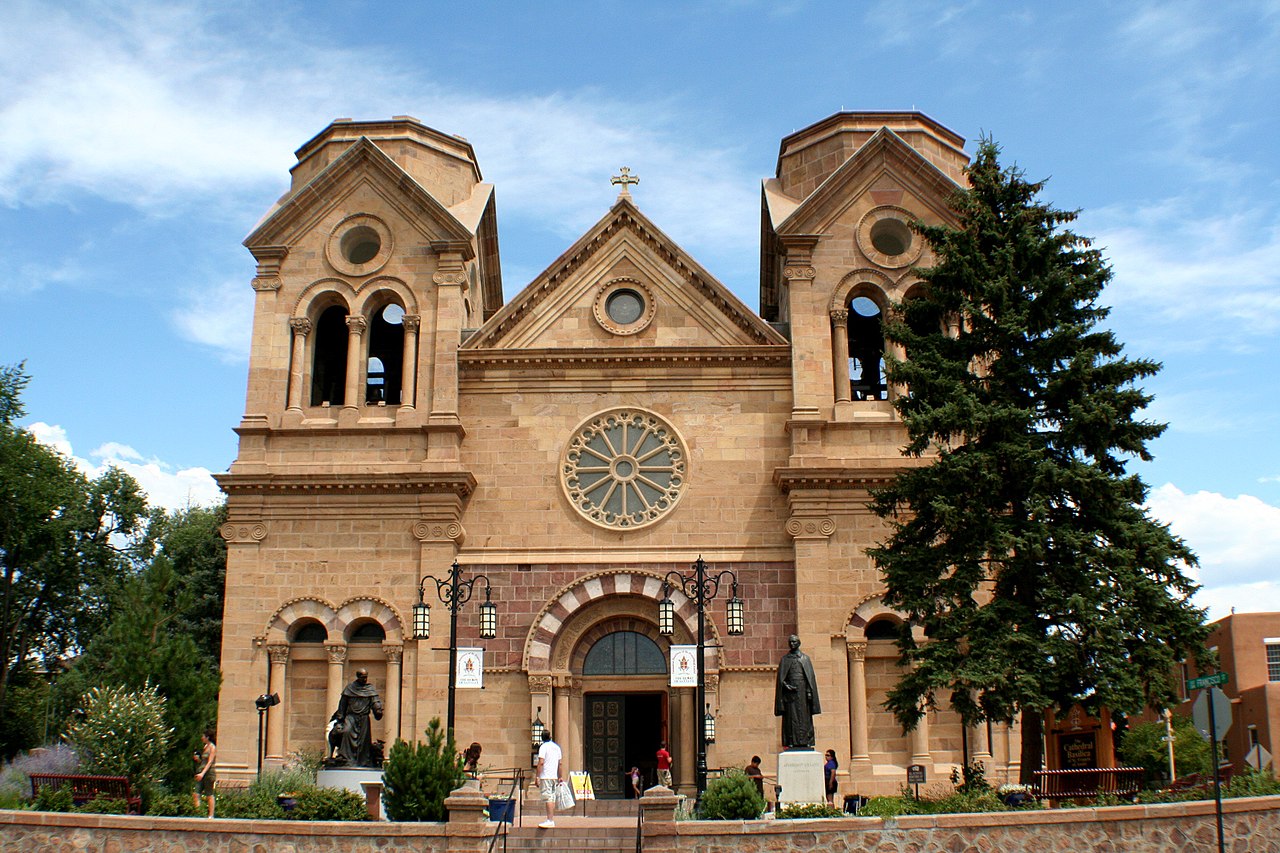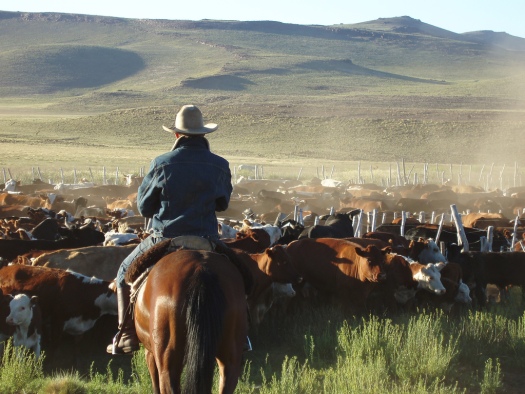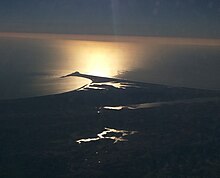On This Day in History.
Click here for a brief account of the October 2nd, 2006 tragedy at West Nickel Mines Amish School.
According to MapQuest, it is only 10 miles as the crow flies from Nickel Mines to Kirkwood. That is where my brother-in-law Axel lives at Lindenhof Farm. Lindenhof used to be home to award-winning Guernseys when Axel’s dad Dick Linde ran it as a milking operation. Now, it’s home to happy chickens, cows, lambs, and hogs, who provide the meat for Axel’s thriving farmers’ market business. As a seasonal aside, Lindenhof is also home to many temporarily happy turkeys who likely will remain happy – right up until just before Thanksgiving, at which point…. well, you know. (Operators are standing by to take your order…)
*******
The most striking thing about the mass shooting at Nickel Mines School wasn’t the size of the slaughter: 5 dead, 5 wounded, and a perpetrator who committed suicide. Sad to say, we’ve seen much higher kill counts and much bigger bloodbaths here in America, both before and since. Nor was the makeup of the shooter’s arsenal particularly exotic: It included a 9mm handgun, a 12-gauge shotgun, and 30-06 hunting rifle, all of which are pretty much standard issue on farms in south central PA (and I should know because I grew up on one). The relative innocence of the victims (ages 6-13, all female, all Amish) was perhaps noteworthy, though one has to admit, when are ANY victims of such acts deserving of their fate? Also pretty much par for the course in incidents like this was a bizarre mental health twist on the part of the perpetrator, Charles Carl Roberts IV…

He was a father of three who worked as a milk truck driver. In this picture he looks considerably younger than his stated age of 32. In fact, he looks less like a psychopathic assassin and more like he could be your nephew or your cousin. He was supposedly despondent over (take your pick) the death of an infant daughter nine years prior, and/or a mysterious incident of supposed sexual abuse that he had allegedly committed decades before. The molestation involved two young female relatives, then ages 3 and 5. But according to Wikipedia:
“The two relatives whom <Roberts> said he molested 20 years ago told police that no such abuse had ever happened, throwing a new layer of mystery over the gunman’s motive and mental state during the shooting.”
*******
No, the really remarkable thing that sets this one apart came in the aftermath, and it had to do with the response of the Amish community. Their words and actions in the wake of the shootings at Nickel Mines School was – much like the Amish community itself – very conspicuously distinct from what passes for normal in America these days. Again from Wikipedia, and this time quoting at length:
On the day of the shooting, a grandfather of one of the murdered Amish girls was heard warning some young relatives not to hate the killer, saying, “We must not think evil of this man.” Another Amish father noted, “He had a mother and a wife and a soul and now he’s standing before a just God.” Jack Meyer, a member of the Brethren community living near the Amish in Lancaster County, explained: “I don’t think there’s anybody here that wants to do anything but forgive and not only reach out to those who have suffered a loss in that way but to reach out to the family of the man who committed these acts.”
A Roberts family spokesman said an Amish neighbor comforted the Roberts family hours after the shooting and extended forgiveness to them. Amish community members visited and comforted Roberts’ widow, parents, and parents-in-law. One Amish man held Roberts’ sobbing father in his arms, reportedly for as long as an hour, to comfort him. The Amish also set up a charitable fund for the family of the shooter. About 30 members of the Amish community attended Roberts’ funeral, and Marie Roberts, the widow of the killer, was one of the few outsiders invited to the funeral of one of the victims.
Marie Roberts wrote an open letter to her Amish neighbors thanking them for their forgiveness, grace, and mercy. She wrote, “Your love for our family has helped to provide the healing we so desperately need. Gifts you’ve given have touched our hearts in a way no words can describe. Your compassion has reached beyond our family, beyond our community, and is changing our world, and for this we sincerely thank you.” The Amish do not normally accept charity, but because of the extreme nature of the tragedy, donations were accepted. Richie Lauer, director of the Anabaptist Foundation, said the Amish community, whose religious beliefs prohibit them from having health insurance, will likely use the donations to help pay the medical costs of the hospitalized children.
*******
Some commentators criticized the quick and complete forgiveness with which the Amish responded, arguing that forgiveness is inappropriate when no remorse has been expressed, and that such an attitude runs the risk of denying the existence of evil. Others were more supportive: Donald Kraybill and two other scholars of Amish life noted that “letting go of grudges” is a deeply rooted value in Amish culture, which remembers forgiving martyrs including Dirk Willems and Jesus himself. They explained that the Amish willingness to forgo vengeance does not undo the tragedy or pardon the wrong, but rather constitutes a first step toward a future that is more hopeful.
I won’t dignify comments casting stones at the Amish for their forgiveness of the shooter with a response because – given the circumstances – such comments don’t even rise to the level of deserving a response. You don’t have to be a fan of the Amish way of strict withdrawal and separation from the trappings of American culture (I’m not) to recognize how truly remarkable “forgiveness, grace, and mercy” are when you see them acted out like this under the most harrowing of circumstances. Or, when you experience them up close and personal, as Marie Roberts did. Frankly, any “step toward a future that is more hopeful” is a step worth taking, and it’s one that I unreservedly applaud.




























